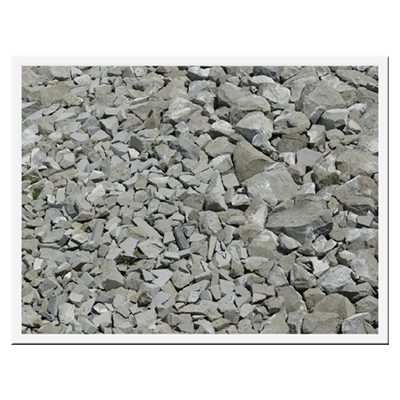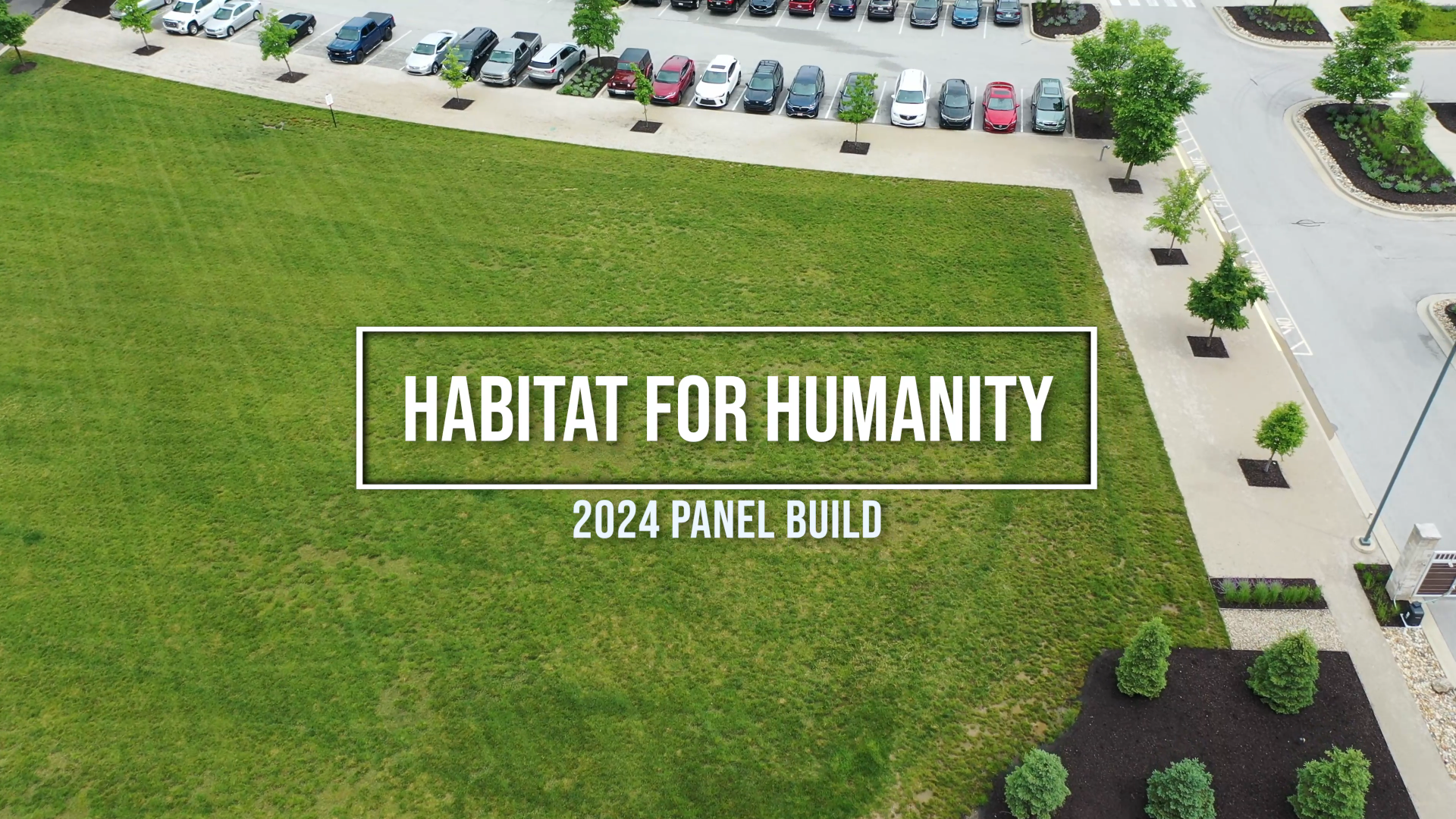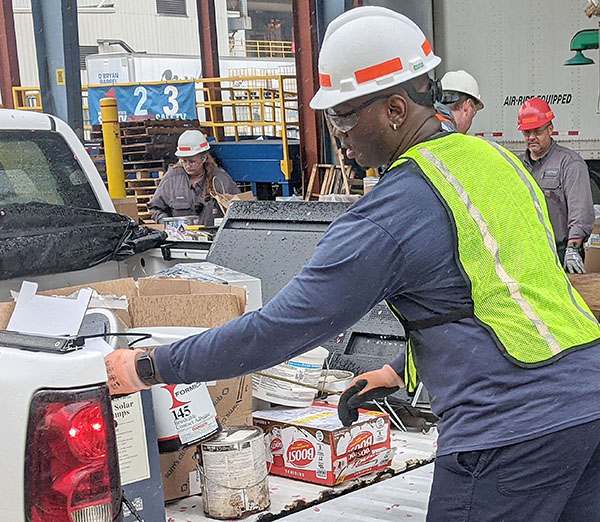
Much like the treatment standards for contaminated soils, contaminated debris also have alternative treatment standards which can be used in place of the waste code treatment standards. These alternative treatment standards (for contaminated manufactured items and environmental media of a certain size) can be found in section 268.45. The EPA created these alternative treatment standards for use with items like bricks, rocks, and industrial equipment because while they can be contaminated with hazardous waste they “may not be amenable to the waste code-specific treatment standards in §268.40” (EPA).
Depending on the type of debris and the waste it is contaminated with, waste handlers can choose from a few different types of treatment technologies. The EPA divided the different alternative treatment standards into three technological categories:
- Extraction – Physical, chemical, and thermal forms of extraction. Examples include abrasive blasting, water washing and spraying, and thermal desorption, among others.
- Destruction – Includes biological destruction, chemical destruction (such as oxidation or reduction) and thermal destruction such as incineration.
- Immobilization – Includes microencapsulation and sealing. (source)
When waste handlers use the alternative treatment standards they must be sure that the design and operating requirements set forth in §268.45 are met and that they treat for each hazardous waste contaminate or constituent. If the waste handler wants to land dispose of the waste they have to make sure that the debris meet the performance standards in Table 1, §268.45. The EPA provides the following example, “a contaminated boulder that is sandblasted to remove surface contamination must be treated to a ‘clean debris surface’ and at least 0.6 centimeters of the surface layer of the boulder must be removed.”
After the contaminated debris has been treated “according to the specification of one of these technologies (EPA),” waste handlers may land dispose of it. If, after treatment via extraction (like sandblasting) or destruction (like incineration), the debris no longer exhibits any hazardous waste characteristic it can be land disposed as nonhazardous or returned to the environment. If hazardous contaminated debris are treated via immobilization (microencapsulation, for example) the implementing agency must make the determination on whether it can be land disposed as nonhazardous.
EPA cited information for this blog post was gathered from the EPA document, “Introduction to Land Disposal Restrictions.” As always, this blog post is not intended to be comprehensive and it is always best to check with the EPA and local government for full, up-to-date, rules and regulations.
More News From Heritage
-
6/27/24
Heritage Environmental Services to Acquire EBV from General Dynamics
Heritage Environmental Servicess, an EQT Infrastructure portfolio company, will acquire EBV from General Dynamics
-
6/13/24
Meet The Facilities – East Liverpool
An inside look at our incineration facility located in East Liverpool, OH
-
5/24/24
Habitat for Humanity 2024
Heritage hosted our 14th annual Habitat for Humanity build this month, partnering with over 50 employees from various THG companies.
-
5/6/24
Date set for the household hazardous waste collection in East Liverpool, Ohio
-
3/12/24
Equal Pay Day – Spotlighting Our Female Drivers
-
3/8/24
International Women’s Week Spotlight – Shannon Dippel
For International Women's Week, we're spotlighting some of the incredible women in the Heritage family. Our final spotlight is Shannon Dippel.
-
3/8/24
International Women’s Week Spotlight – Susan Adams
For International Women's Week, we're spotlighting some of the incredible women in the Heritage family. Our sixth spotlight is Susan Adams.
-
3/7/24
International Women’s Week Spotlight – Lea Wilson
For International Women's Week, we're spotlighting some of the incredible women in the Heritage family. Our fifth spotlight is Lea Wilson








